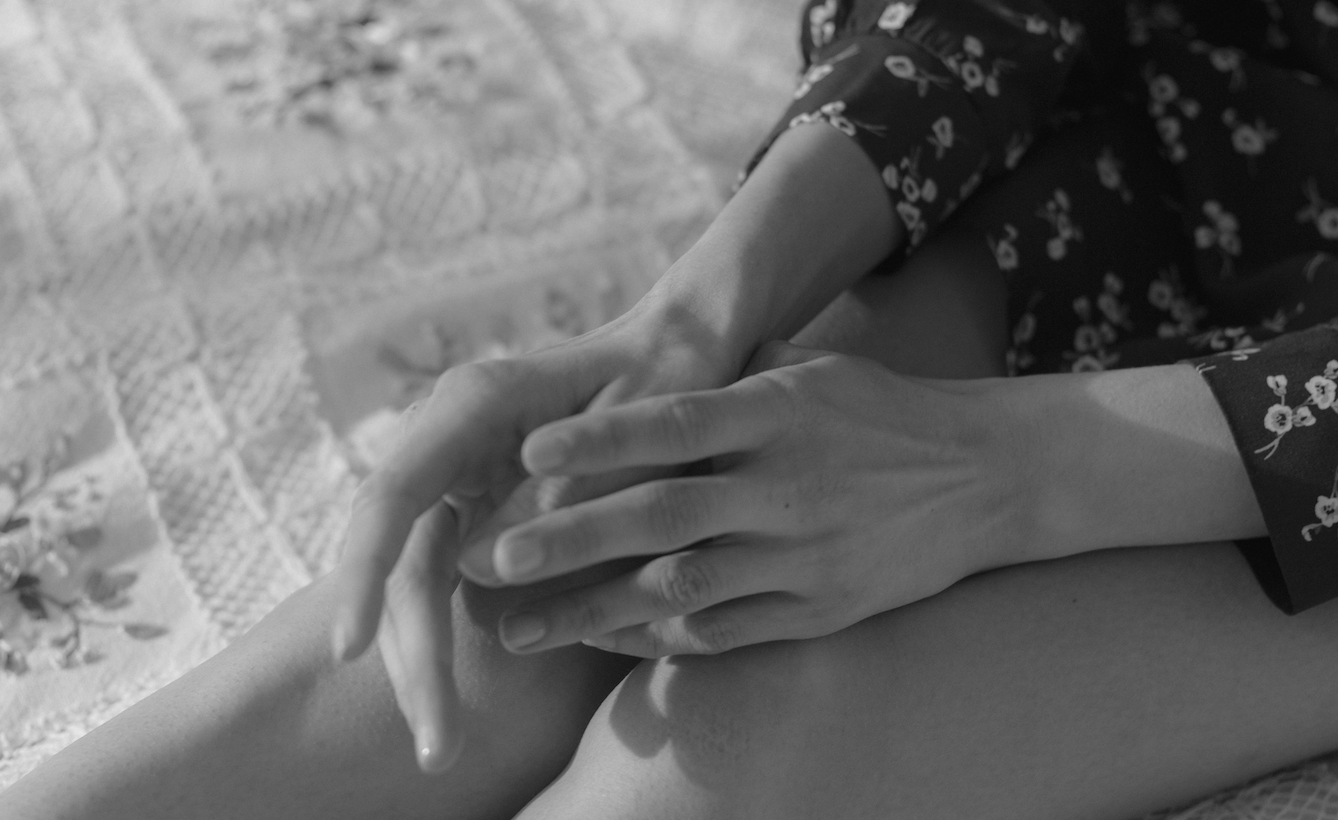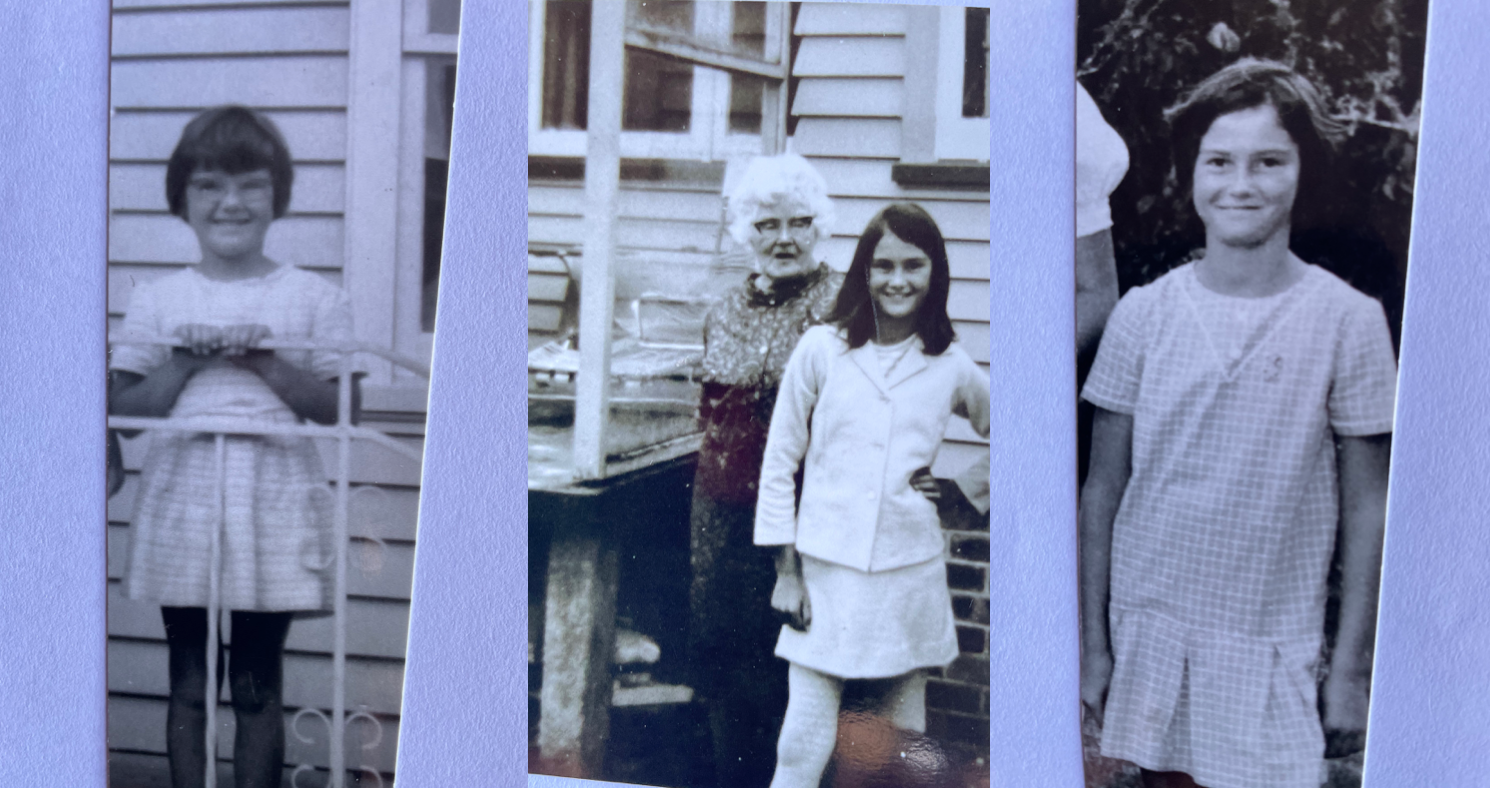By Veronica Granja-Sierra
As women, I’m sure we can all agree that Barbie was among our first or second most favorite childhood toy growing up. I’m also almost positive that every time we pulled out these dolls, it took us to a whole new world of dreams where anything was possible.
What we don’t always realize is how that toy exactly impacts a young girl’s development in more ways than we can possible imagine…
It’s crazy to think that Barbie started as just a doll that creator Ruth Handler and Mattel Toy Company came up with, and how it has evolved into one of the most popular brands in the world.
But who would have ever thought that this toy doll would be able to have the power to promote such a negative impact on young girls around the world? Values such as consumerism, fashion, and fame have been infiltrating the child consciousness, influencing young females about how to act, what to wear, what to buy, and even how to look.
Barbie has become an inappropriate role model for young children as she promotes a single “standard” way of looking as well as a single “standard” way of living to young females around the world, brainwashing them through their fantasy and play.
Barbie has become a commodity that has come to define femininity and symbolize Western standards of beauty and lifestyles across the world, negatively affecting young girls.
These girls often emulate Barbie as she allows young girls to identify themselves with her, idolizing her and admiring her. However, Barbie’s unrealistic body features and proportions have had a negative influence on young girls making them self-conscious about their own physical appearance. Barbie’s measurements are nowhere near as realistic as those of an average female. If Barbie were an actual human, she would be 7 feet tall with a waistline of 18 inches, a bust of 38-40 inches, and would not be able to even support her own peculiar proportions.
Although Barbie’s measurements are not only unattainable and unhealthy, studies show and prove that young girls still experience heightened body dissatisfaction from being exposed to her. She represents the ideal woman as blonde, blue-eyed, fair skinned, and into their physical appearance, leaving many girls wanting to be the same way. These negative effects can be long term.
Some women have even taken extreme measures and have mutilated their bodies to mimic the Barbie doll. So not only does a fashion doll like Barbie symbolize a culture’s idealized woman, but also influences women to transform themselves into real-life versions of the idealized version the doll represents. The rise in ‘Barbie Syndrome” can be seen with American reality T.V. star, Heidi Montag, who in 2010, underwent ten plastic surgeries all at once when she was only 23 years old. Heidi said that all she wanted was to “just look like Barbie”.
This can also be applied to young Russian model Valerie Lukyanova, who made international news for wanting to become a real-life Barbie. Through meticulous makeup and multiple surgeries that distorted her body, Valerie stated that she just wants to “look perfect.”
Certain plastic surgery treatments, including double-eyelid surgery and nose jobs, are increasingly popular amongst Asian women wanting to look more Western. Surgeries around the world such as breast and butt implants, nose jobs, eyelash extensions, dimple creations, and even height lengthening are growing more popular with women trying to achieve this Western doll appearance.
Barbie has been marketed in African-American, Asian and Hispanic versions over the past fifteen years, but Mattel has not necessarily been accurate in its production of the multinational Barbie dolls either. In fact, the dolls all appeared very similar to the original white Barbie doll, portraying a false depiction of these women.
The differences are merely nuances in clothing, skin color, and at times, hair. So regardless of what she’s wearing, which is usually a dramatic change in costume reflecting the Mattel Co.’s stereotypical understanding of the particular country’s ‘traditional dress’, or what superficial ethnic modifications have been made (such as slightly slanted eyes for the Asian models of Barbie, or a slightly wider nose and thicker lips in her African versions); the internal, American, prototypical Barbie still lies underneath as she refuses to be transformed into anything but an American girl.
Mattel has reinforced the white standard of beauty across the globe, reducing cultural differences to costume changes and darker shades of plastic. Although they come in different “colors” to represent different ethnicities, all the dolls have the exact same features. Thus, the Western concept of beauty which was first introduced through Barbie, remains unchanged when it comes to these ethnic dolls.
The issue this presents to girls around the world is that through Barbie dolls, children are invited to replicate them and to imagine themselves in their doll’s images, but when the girls play with these dolls that in no way resemble them, they are greatly affected.
Product manager of Barbie stated in regards to Barbie going “ethnic”: “Barbie allows little girls to dream- now, ethnic Barbie lovers will be able to dream in their own image”. The irony of this is that when little girls fantasize themselves into the glamor, perfection, and anorexia of Barbie’s world, it is rarely, ever “in their own image that they dream”, because regardless of what color dyes the dolls are dipped in or what costume they are wearing, the image they present is the same thin, long-legged, American beauty.
Barbie not only physically represents the perfect body image, but a perfect lifestyle as well. She influences young girls that they must own the shoes, the clothes, the friends, the lovers, the houses, and the scenes. Mattel’s goal is for each consumer to want the entire Barbie world, not just the single doll. Mattel injects the “Barbie dream” into billions of little girls around the world.
Barbie’s wardrobe is another main negative focus as many criticize that the importance she places on her clothing makes her appear shallow. In 1992, Mattel released a “talking Barbie”, where the dolls were programmed to say a variety of phrases such as, “Math class is tough!”, “Will we ever have enough clothes?”, and “I love shopping!” The talking Barbie did not remain in the market for long as she was giving in to all the stereotypes that females face today in society and was portraying young females as “air-heads”.
Many young girls wish they had the materialistic things Barbie possesses such as her endless wardrobe, hair styles, accessories, sports cars, TV sets, kitchen sets, vanity sets, 2-story houses, pools, and countless shoes. She lives the high-status lifestyle that not many people can attain and also pressures girls to buy more Barbie “stuff”. Ultimately, she represents the American dream. Even Barbie’s interests and hobbies are for a higher-class as they require major expenditures such as horse-back riding, driving fast cars, camping in her motor home, swimming in her pool, playing the piano, and wearing fashionable clothing.
Toys play crucial roles in helping children determine what is valuable around them. Barbie dolls in particular invite young girls to want to replicate them and imagine themselves in their dolls’ images. But when girls are given a doll that in no way resembles them, what are the effects? Regardless of what eye or hair color she is dip-dyed in, or what ethnic costumes she is adorned with, the image Barbie presents is of the same super thin, long-legged, luxurious, standard of beauty and a symbol of the American dream.
It’s time for a new doll to take over Barbie’s long-running reign. She’s like an evil dictator who took over running the country (slash, a young girl’s life aspirations) by force and is waiting to be taken down by up-and-coming revolutionaries. The revolution is definitely happening, with the rise of toys like Lammily, Goldieblox and more. Here’s to more toy manufacturers creating a diverse range of options so that young girls can grow up with an unlimited view of what their lives should look like.






















5 thoughts on “How Ingrained Are The Unrealistic Standards Barbie Has Inflicted On Young Girls?”